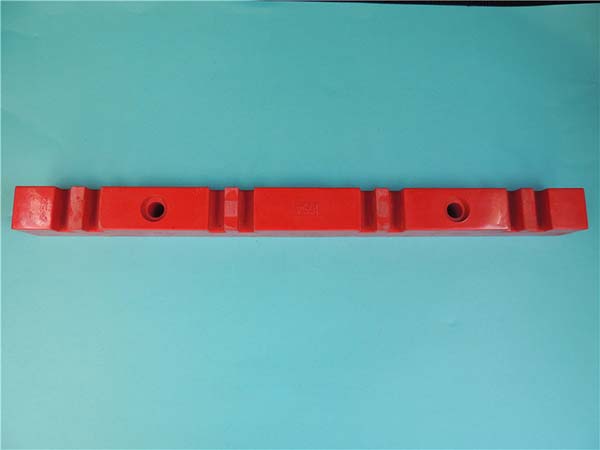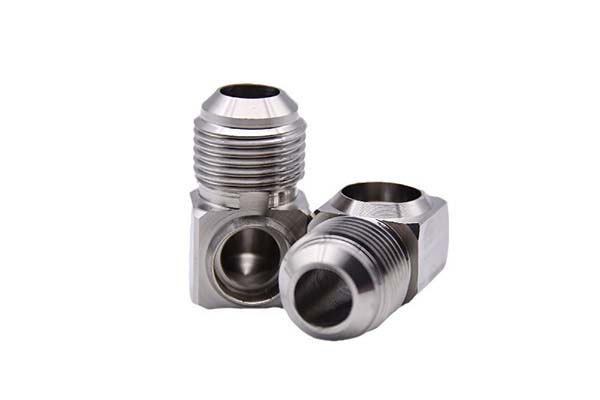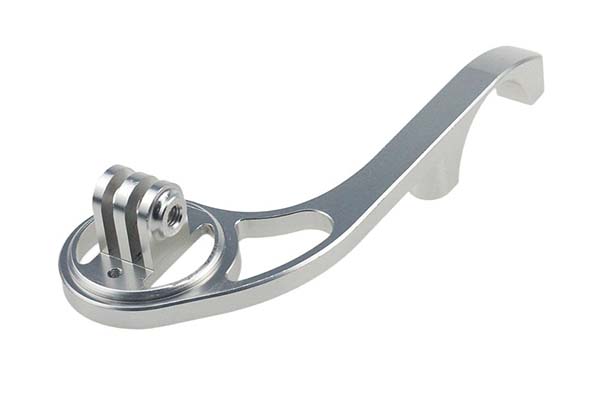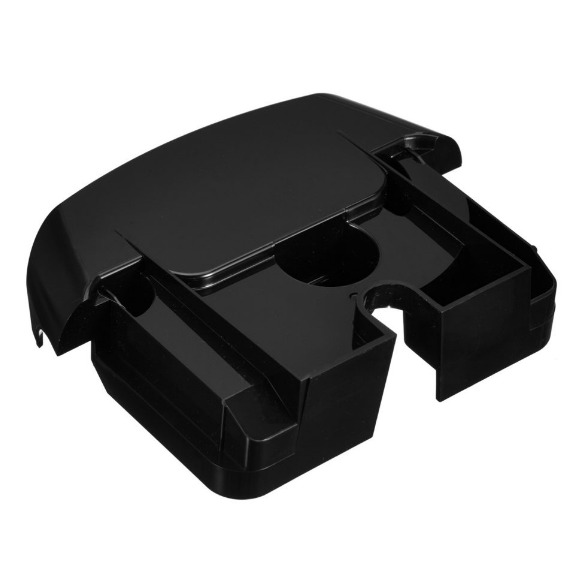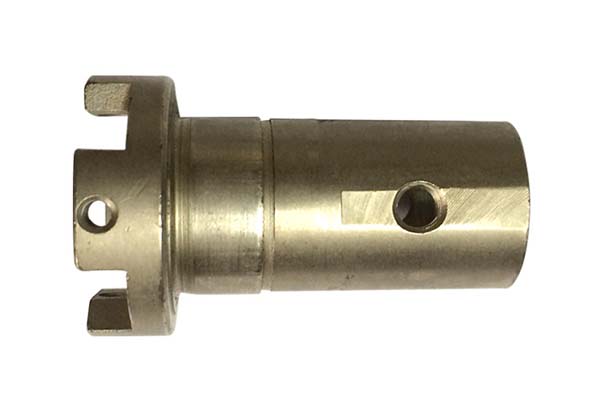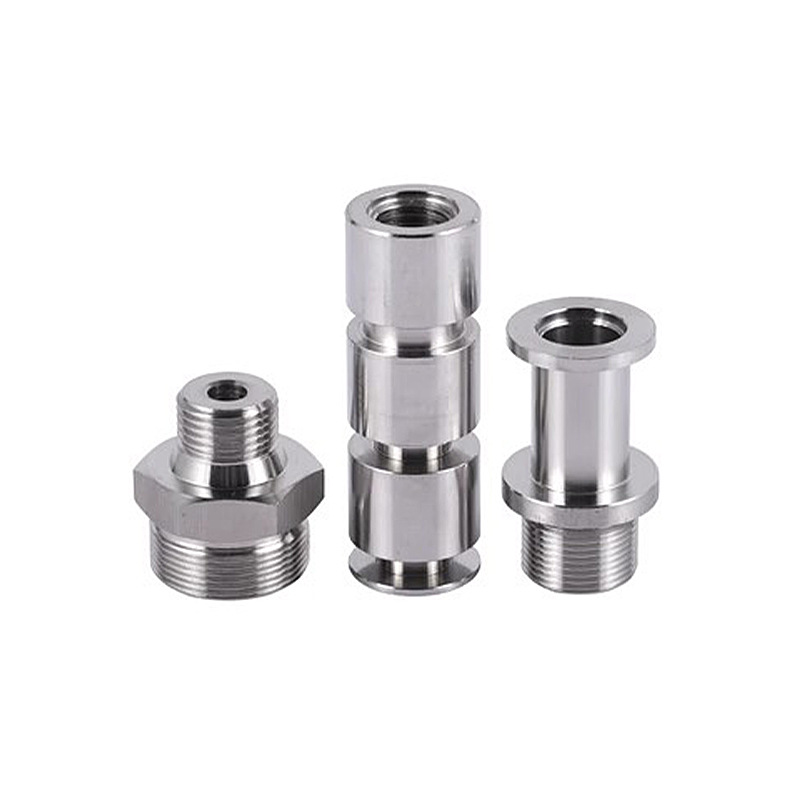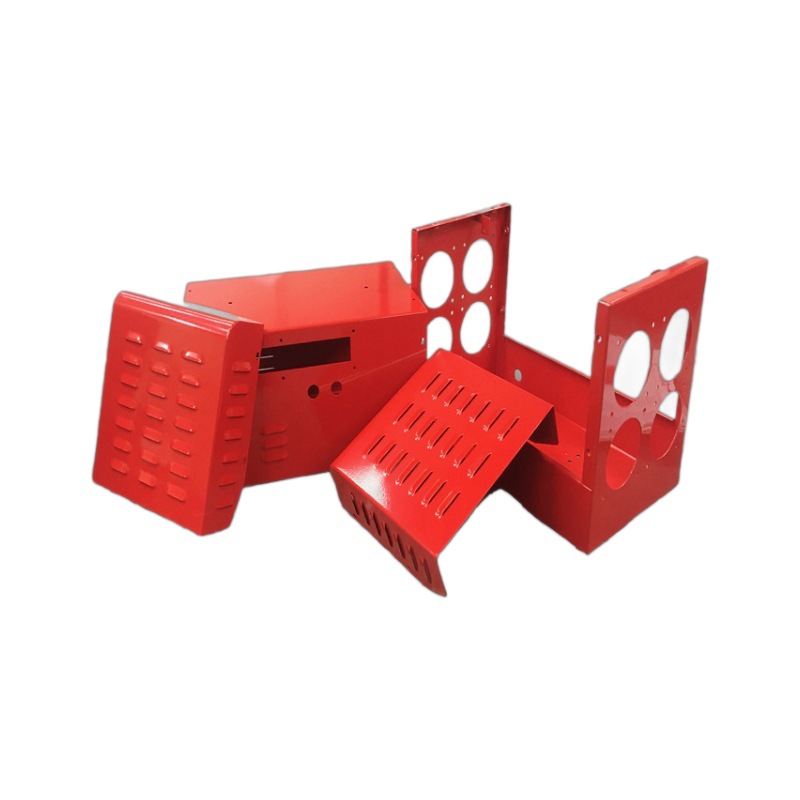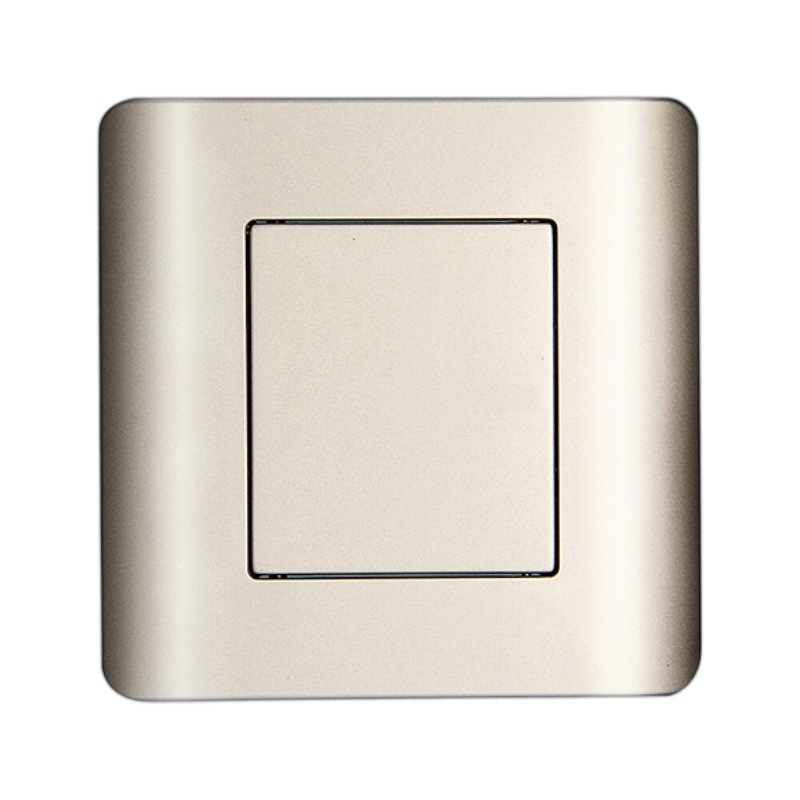CNC machining of PEI (Ultem), or Polyetherimide, presents unique challenges that manufacturers often face. Its exceptional thermal resistance and high tensile strength make it ideal for extreme environments, but these properties also make it highly abrasive, leading to rapid tool wear if not paired with proper cutting tools. Additionally, PEI’s low thermal conductivity causes heat to accumulate at the cutting edge, increasing the risk of workpiece deformation and surface defects. Achieving tight tolerance levels and consistent surface finish adds another layer of complexity, especially for aerospace and medical applications. This guide addresses these pain points, offering expert strategies to master CNC machining of PEI (Ultem).
Material Properties
PEI (Ultem), also known as Polyetherimide, is a high-performance thermoplastic renowned for its ability to withstand extreme conditions, with properties that influence every aspect of machining:
- Mechanical properties: PEI boasts a tensile strength of 85-95 MPa and flexural strength of 130-150 MPa, offering exceptional rigidity and load-bearing capacity—critical for structural components in aerospace and industrial machinery.
- Thermal resistance: With a continuous use temperature of 170-180°C and a glass transition temperature (Tg) of 217°C, PEI maintains its properties in high-heat environments, surpassing many plastics like PPS and nylon.
- Chemical resistance: It resists most acids, alcohols, and hydrocarbons but can be attacked by strong bases and polar solvents, making it suitable for fluid handling in industrial settings.
- Density: At 1.27-1.38 g/cm³, PEI is lightweight compared to metals, offering weight savings in applications like automotive parts and aerospace components.
- Other properties: PEI has excellent electrical insulation, low flammability, and good dimensional stability, even under temperature fluctuations—key for electronics and precision machinery.
| Property | PEI (Ultem) | PPS | PEEK |
| Tensile Strength | 85-95 MPa | 60-90 MPa | 90-100 MPa |
| Continuous Use Temp | 170-180°C | 200-240°C | 260°C |
| Flexural Strength | 130-150 MPa | 90-120 MPa | 170-190 MPa |
| Density | 1.27-1.38 g/cm³ | 1.34-1.36 g/cm³ | 1.30-1.32 g/cm³ |
Machining Processes
CNC machining of PEI requires tailored machining processes to balance precision and tool longevity:
- CNC machining: The primary method for shaping PEI, leveraging computer-controlled tools to achieve tight tolerances (±0.01-0.02 mm) suitable for critical applications.
- Milling: The most common operation for PEI, using end mills with optimized geometries to reduce heat buildup. Spindle speed of 3000-5000 RPM and feed rate of 0.08-0.12 mm/tooth balance material removal and tool wear.
- Turning: Used for cylindrical parts like bushings or shafts, with depth of cut of 1-2 mm for roughing and 0.1-0.3 mm for finishing. Moderate spindle speeds (2000-3000 RPM) prevent overheating.
- Drilling: Requires sharp carbide drills with a 135° point angle to avoid chipping. Cutting parameters include a feed rate of 0.1-0.15 mm/rev and spindle speed of 1500-2500 RPM, with peck drilling to clear chips.
- Cutting parameters optimization is critical: excessive feed rates increase tool stress, while high spindle speeds generate heat—both leading to poor surface finish and tool failure.
Tool Selection
Choosing the right tools is essential to overcome PEI’s abrasiveness and heat sensitivity:
- Cutting tools: Carbide tools (grade K10 or K20) are preferred for PEI, as they withstand high temperatures and resist wear better than high-speed steel tools. Carbide extends tool life by 3-4 times compared to HSS.
- Tool geometry: End mills with a helix angle of 30-35° improve chip evacuation, while a sharp cutting edge (radius <0.02 mm) minimizes friction and heat. 2-flute designs are better for chip flow than 4-flute in roughing operations.
- Coated tools: TiAlN (titanium aluminum nitride) coatings reduce friction and heat, extending tool life by 20-30% compared to uncoated carbide. Diamond coatings offer even better performance for high-volume production.
- Tool wear management: PEI’s abrasiveness causes gradual flank wear, which should be monitored—tools should be replaced when wear reaches 0.1 mm to maintain surface finish and dimensional accuracy.
- Tool material compatibility: Avoid using tools with cobalt binders in medical applications, as PEI parts for healthcare must be free of heavy metals—opt for nickel-free carbide grades instead.
Applications
CNC machined PEI (Ultem) parts are trusted in demanding industries for their performance under extreme conditions:
- Automotive parts: Engine compartment components, sensor housings, and under-hood electrical parts leverage PEI’s thermal resistance and resistance to oils and coolants.
- Medical devices: Surgical instrument handles, diagnostic equipment frames, and sterilization trays benefit from PEI’s biocompatibility (USP Class VI certification) and ability to withstand autoclaving.
- Electronics: Circuit board housings, connector insulators, and heat sinks use PEI’s electrical insulation and thermal stability—critical for reliable performance in electronics.
- Industrial machinery: Bearings, gears, and valve components rely on PEI’s mechanical properties and low friction, even in high-temperature industrial environments.
- Prototyping: Engineers use CNC machined PEI prototypes to test designs for high-heat applications, ensuring functionality before mass production.
- Custom parts: From specialized gaskets to precision fixtures, PEI’s machinability allows for complex custom parts that meet unique design requirements.
Quality Control
Maintaining quality in CNC machined PEI parts requires rigorous checks to ensure performance and reliability:
- Surface finish: PEI typically achieves Ra 0.8-1.6 μm with proper machining. A rough or uneven finish indicates dull tools or excessive heat, which can be corrected by sharpening tools or reducing spindle speed.
- Dimensional accuracy: Using coordinate measuring machines (CMMs) and optical comparators verifies that parts meet tolerance levels of ±0.01-0.03 mm, critical for aerospace and medical applications.
- Inspection methods: Metrology equipment like laser scanners and micrometers ensure precise measurements, while non-destructive testing (ultrasonic inspection) detects internal defects in thick-walled parts.
- Quality standards: Adherence to ISO 9001 and AS9100 (for aerospace) ensures consistency, with statistical process control (SPC) tracking key metrics like dimensional variation and surface roughness.
- Post-machining checks: Visual inspections for cracks or burrs, along with hardness testing, confirm that PEI parts meet material specifications and performance requirements.
Yigu Technology's Perspective
Yigu Technology specializes in CNC machining PEI (Ultem), with expertise in handling its unique properties. We use TiAlN-coated carbide tools and optimized cutting parameters to minimize tool wear and achieve exceptional surface finish. Our quality control includes CMM inspections and SPC to ensure dimensional accuracy, critical for aerospace and medical clients. We also offer post-machining treatments like annealing to relieve residual stresses, stabilizing dimensions in high-temperature applications. Whether producing complex aerospace components or precision medical parts, we leverage PEI’s strengths to deliver reliable, high-performance parts that meet the strictest industry standards.
FAQ
- How does PEI’s thermal resistance affect machining parameters?
PEI’s high thermal resistance allows for higher spindle speed (3000-5000 RPM) than many plastics, but its low thermal conductivity means heat accumulates at the cutting edge. This requires using coolant and sharp tools to prevent workpiece softening and tool damage.
- What is the best tool coating for machining PEI?
TiAlN coatings are ideal for PEI, as they reduce friction and heat, extending tool life by 20-30% compared to uncoated carbide. For high-volume production, diamond coatings offer even better wear resistance, though they come at a higher cost.
- Can PEI be machined to tight tolerances, and how?
Yes, PEI can achieve tolerances of ±0.01-0.02 mm with rigid machine setups, in-process measurement, and tool compensation for wear. Controlling machining temperature (20-25°C) is critical, as PEI’s thermal expansion (55-65 μm/m·K) can affect dimensional accuracy.
